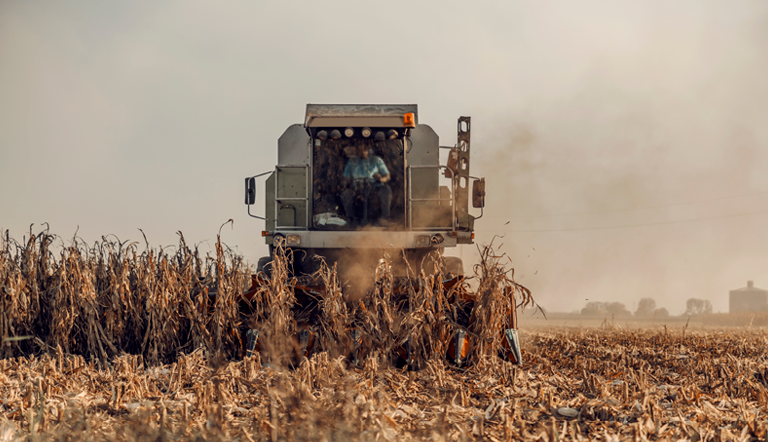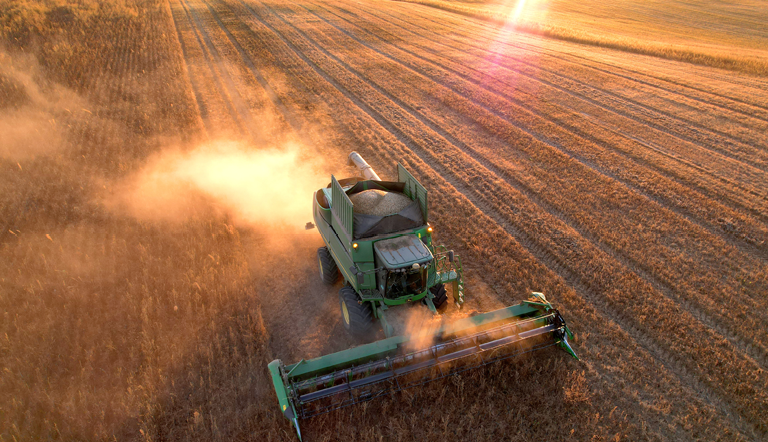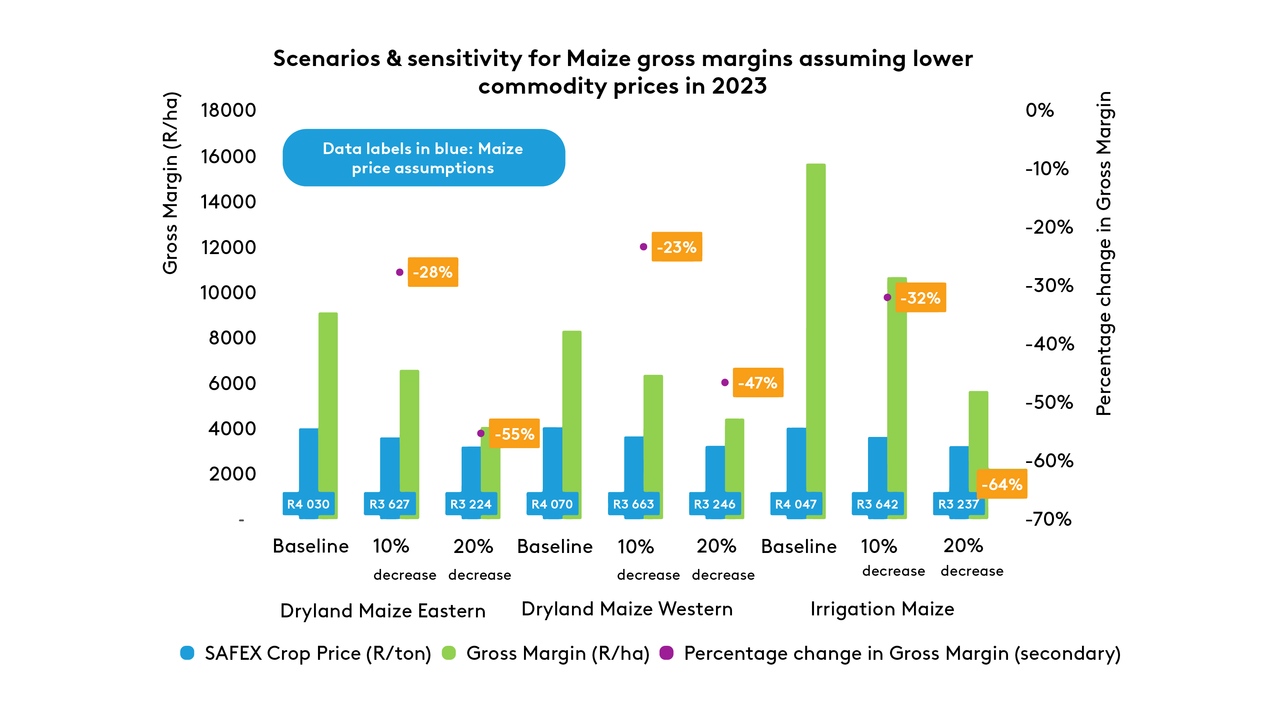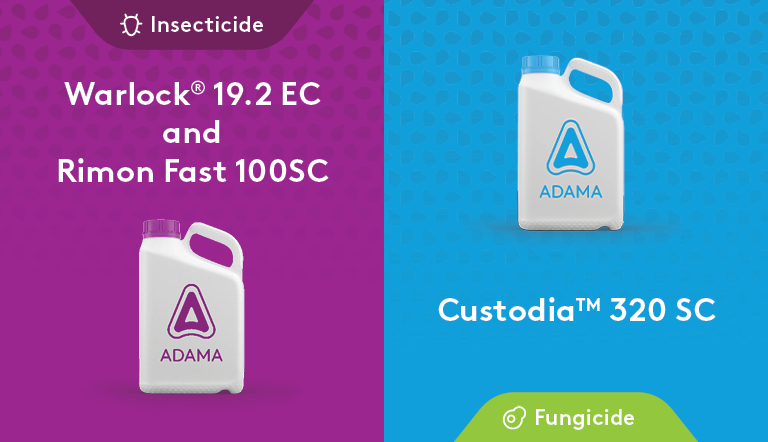
Maize Farming in South Africa

In 2021/22, South Africa was the ninth largest producer of maize (also known as “mielies” and corn) in the world, and the largest maize producer in Africa. The country produces around 14 million tonnes of maize per year, of which around 12 million tonnes are white maize and 2 million tonnes are yellow maize.
South Africa has a long tradition of maize farming, and the crop is well-suited to the climate and soils found here. Maize (also known as “mielies”) is grown in all provinces of the country, with the majority of maize in 2020/21 being produced in the Free State, Mpumalanga and the North West provinces.
It is one of the most important crops in South Africa, as it is the main source of food for millions of people. The majority of maize produced in South Africa is used for human consumption, while a smaller percentage is used for animal feed and other industrial uses.
Maize farming in South Africa is dominated by large commercial farmers, who produce the majority of the country's maize crop. However, there are also many small-scale farmers, who produce a significant proportion of the country's maize. There are more than 10 000 small-scale and commercial farmers growing maize in South Africa. The majority of these growers are located in the central and eastern parts of the country, where the climate is conducive to maize production.
Maize is typically planted in summer, and harvested in late winter or early spring.
Maize exports from South Africa
South Africa produced approximately 15 million metric tons of maize in 2021/2022, down from 16.3 the year before (a yield of 5.92t/ha). This is down 8% on the 2020/21 season crop but still way above 12,80 million tonnes, the 10-year average maize harvest.
With our annual domestic consumption at 11,80 million tonnes, South Africa will remain a nett exporter of maize, and in the 2022/23 marketing year (May/April), exports are forecast to reach an above-average level of 3 million tonnes, a significant amount of this going to Mozambique, Zimbabwe, and other neighbouring countries; yellow maize (generally used as animal feed) is exported to Asian countries.
Maize cultivars planted in South Africa
There are many different types of maize that are grown in South Africa, but the most common are white and yellow maize. White maize is mostly used for human consumption, while yellow maize is used mainly for animal feed.
Some of the most popular varieties of white maize grown in South Africa include:
- Pioneer 1184
- Champion
- Agrinet
- NK 603
Some of the most popular varieties of yellow maize grown in South Africa include:
- Pioneer 24
- B83
- D61
Outlook for South Africa's maize industry
South Africa’s maize provinces experienced very heavy rains during December planting in 2021 (58% above the 10-year average for the Free State, 73% above average in North West and 40% above average in Mpumalanga), resulting in a 5.3% reduction in planted acreage.
However, by 14 February 2022, Gro Intelligence was reporting that precipitation amounts had returned to normal, and soil moisture levels were favourable. In fact, Gro’s Normalised Difference Vegetation Index (NDVI), which measures the greenness and density of the crop as captured in a satellite image, showed “an important measure of vegetative health… currently at its second-highest reading in 20 years”, and it is thought that another bumper year is on its way, though figures will not be in record territory.
Wandile Sihlobo, Chief Economist at AgriBiz, notes that the effect of the resumption of grain exports from Ukraine has had a marginal effect on grain prices, and believes that the risks in the market will mean that they are unlikely to return to the pre-war level. “For example, we still see the lingering effects of the disruptions caused by the war on grain supply chains and markets. Additionally, the concerns about the impact of the drought in the Northern Hemisphere on the 2022/23 global grains and oilseed harvest, along with continued demand for grains in Asian markets, remain critical factors in sustaining prices at relatively higher levels than in the pre-war period…
Pests and maize
Weeds need to be managed prior to planting and during growing, as do pests. ADAMA has a number of herbicides, fungicides and insecticides to help maize farmers protect their crops. Browse our crop-protection products for maize.
We recommend:
- Warlock for Fall armyworm (Spodoptera frugiperda);
- Rimon Fast 100SC for Stalk borer (Busseola fusca), and
- Custodia 320 SC for the following:
- Northern leaf blight (𝘌𝘹𝘴𝘦𝘳𝘰𝘩𝘪𝘭𝘶𝘮 𝘵𝘶𝘳𝘤𝘪𝘤𝘶𝘮)
- Common brown rust (𝘗𝘶𝘯𝘯𝘤𝘪𝘯𝘪𝘢 𝘴𝘰𝘳𝘨𝘩𝘪)
- Phosphoremia leaf spot (𝘗𝘩𝘢𝘦𝘰𝘴𝘱𝘩𝘢𝘦𝘳𝘪𝘢 𝘮𝘢𝘺𝘥𝘪𝘴)
- Sorghum downy mildew (𝘚𝘤𝘭𝘦𝘳𝘰𝘴𝘱𝘰𝘳𝘢 𝘴𝘰𝘳𝘨𝘩𝘪)
- Grey leaf spot (𝘊𝘦𝘳𝘤𝘰𝘴𝘱𝘰𝘳𝘢 𝘻𝘦𝘢𝘦 - 𝘮𝘢𝘺𝘥𝘪𝘴)
Always consult the label for each product to confirm the best usage and precautions to take.
In conclusion
Maize is a vital food crop in South Africa and is grown throughout the country. Over the past few years, maize production has increased significantly, due to improved farming practices and increased investment in the sector. This has had a positive impact on the economy, as maize is one of the country's major exports. With further development, the future of maize farming in South Africa looks bright.



